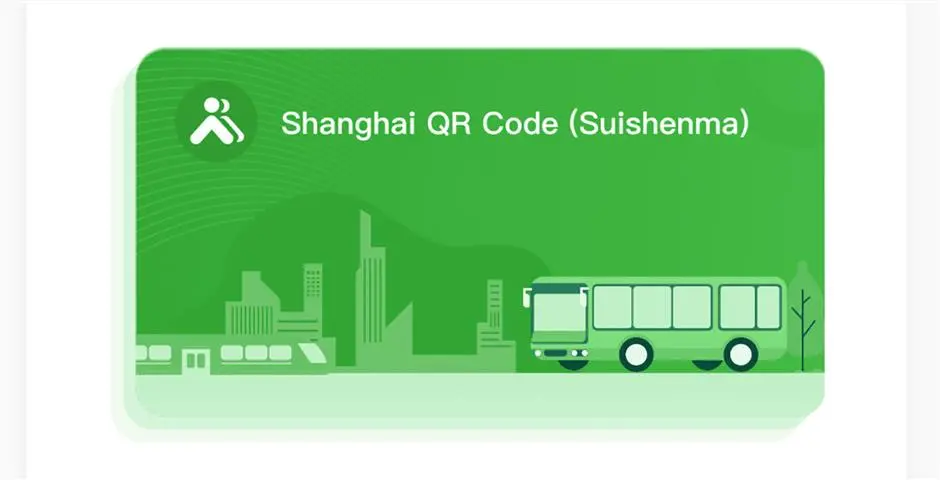Explore Shanghai's public transport system
Shanghai is renowned for its robust and diverse transportation network that caters to millions of commuters every day.
Whether navigating the bustling streets of the city by bus, hopping on the ultra-fast Maglev train, or cruising along the Huangpu River by ferry, Shanghai's transportation system offers an efficient, sustainable, and increasingly smart way to get around.
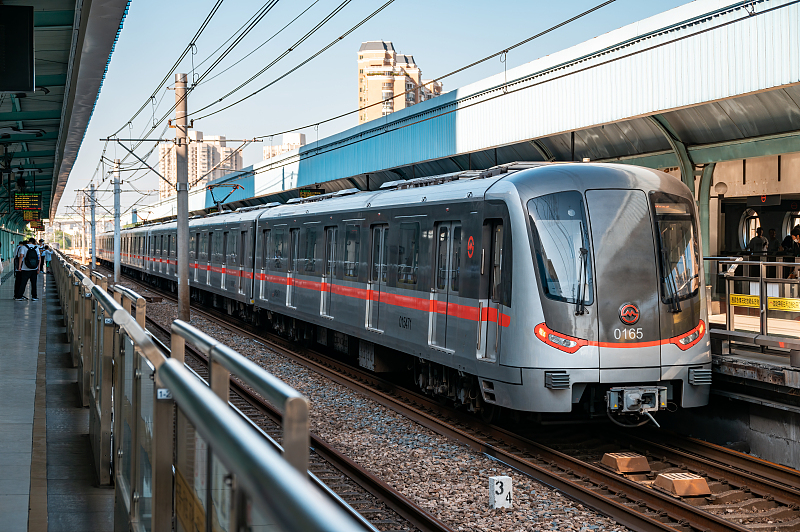
Metro
Shanghai Metro is the backbone of the city's public transport system, connecting all major districts with over 800 kilometers of track across 21 lines.
Serving millions of passengers daily, the metro is not only efficient but also affordable, offering a fast way to traverse the city, from its downtown areas to suburban areas.
There are two types of rail transit: downtown metro lines and suburban railway lines.
For downtown metro lines, ticket fares are distance-based and start at 3 yuan (about 40 cents) for trips under 6 km, with an additional 1 yuan per 10 km.
For suburban railway lines, such as the Airport Link Line, fares are based on speed and start at 4 yuan. Trains with a designed speed of more than 160 km/h charge 0.45 yuan per km, while those slower than 160 km/h charge 0.37 yuan per km.
Passengers can use the Shanghai Metro Daduhui app to take the metro, buy single-trip tickets from vending machines, or use the Shanghai Public Transportation Card. One can also swipe international bank cards (Visa, Mastercard, etc.) to buy tickets.
Bus
Complementing the metro, Shanghai’s bus network plays a critical role in ensuring that every part of the city, including areas not served by the metro, remains connected.
The city operates about 2,000 bus routes, with many featuring electric and hybrid buses to reduce emissions.
Newer buses are equipped with modern conveniences such as GPS tracking and contactless payment.
Buses are also divided into downtown lines and suburban lines. The fare for regular downtown lines is 2 yuan, while the price for regular suburban routes starts at 1 yuan.
Shanghai Public Transportation Cards can be purchased at metro stations, banks, and stores, while QR codes and NFC cards offer the convenience of cashless travel with "ride first, pay later".
A guide to taking buses in Shanghai
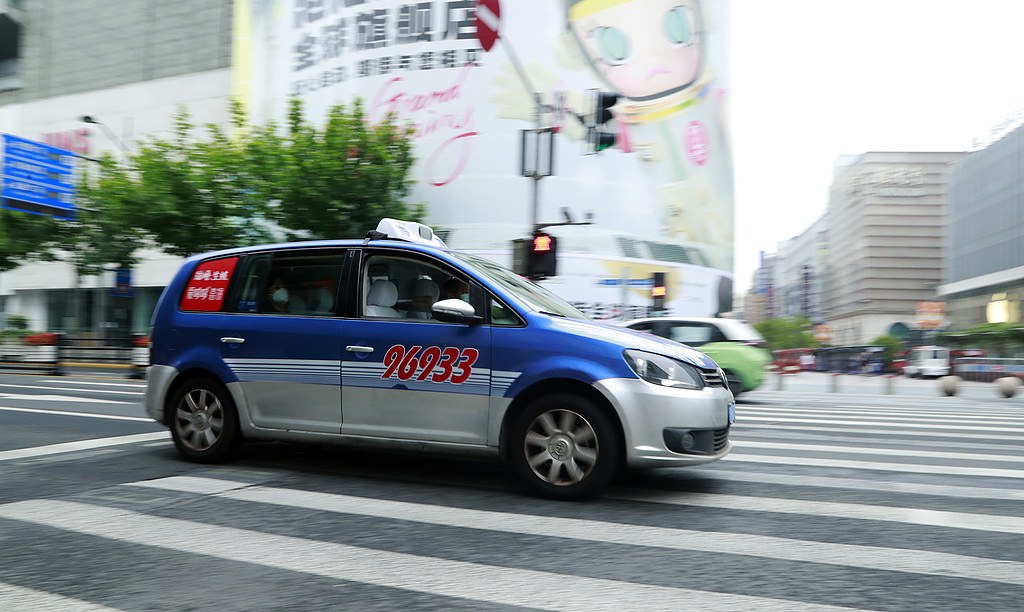
Taxi
For those seeking door-to-door convenience, Shanghai's taxi service offers a quick and affordable way to navigate the city. With thousands of taxis operating around the clock, visitors and residents alike can easily hail a ride or use ride-hailing apps to book one.
Taxi fares are relatively inexpensive compared to other major international cities, making it an attractive option for short trips and those with heavy luggage.
The taxi fare starts at 14 yuan for regular taxis and 16 yuan for electric cars. After the first 3 km, the fare is 2.7 yuan per kilometer. For rides over 15 km, an additional 50-percent surcharge is added. Nighttime rides (11 pm to 5 am) incur a 30-percent increase in the base fare. During major holidays like Spring Festival or National Day, a 10-yuan or 5-yuan surcharge is applied.
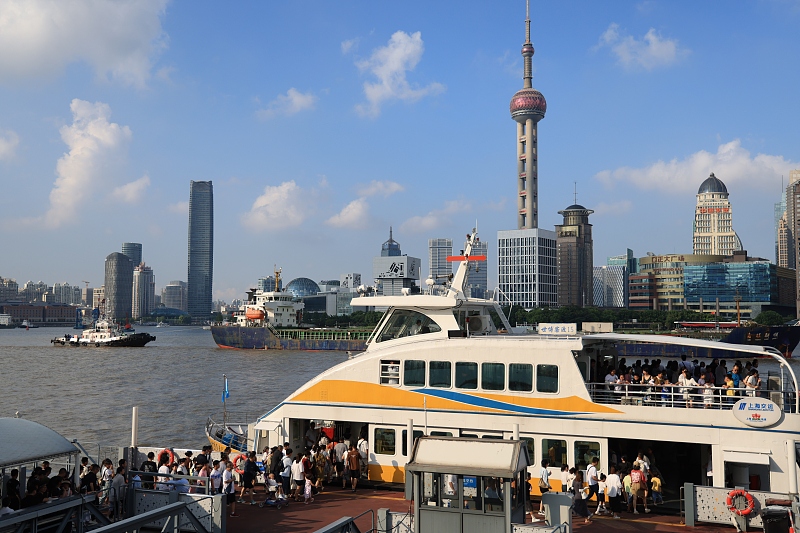
Ferry
Shanghai's ferries are an iconic part of the city's transportation system, providing a link between the city's eastern and western areas across the Huangpu River, especially for travelers heading to destinations like the Bund and the Pudong New Area.
In addition to their utility, ferry rides offer spectacular views of Shanghai’s skyline, blending transportation with tourism.
To enjoy a ferry ride at the Bund, head to piers such as East Jinling Road, East Fuxing Road, and Gongping Road, with East Jinling Road being the most convenient for tourists.
Ferry fares are 2 yuan for pedestrians, 2.8 yuan for passengers with bicycles and electric bicycles, and 4 yuan for motorcyclists.
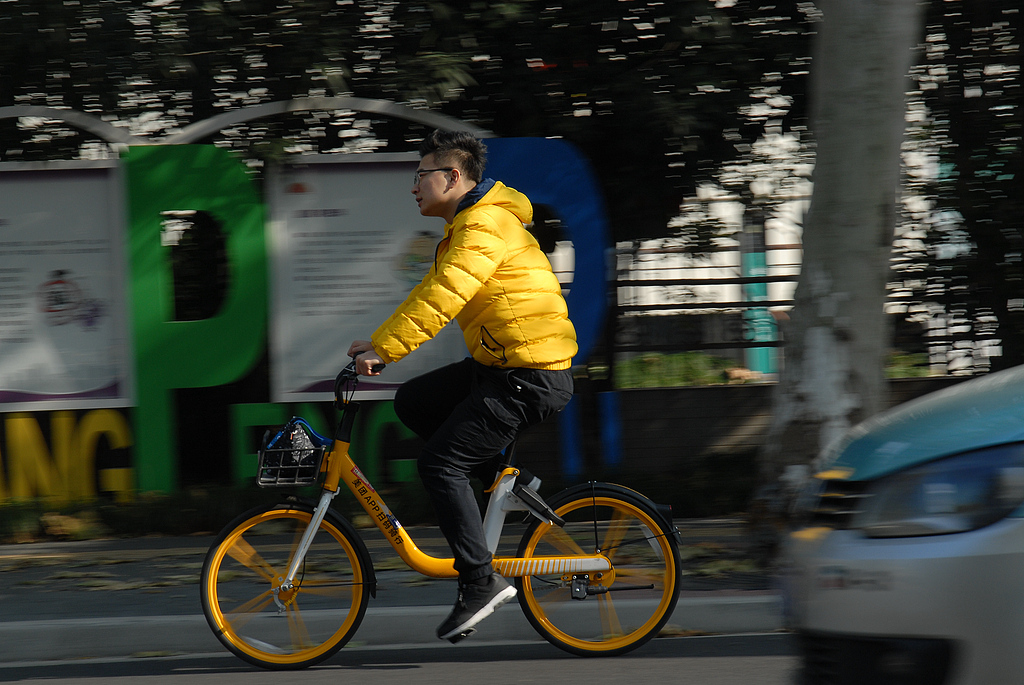
Shared bicycle
Shared bicycles offer residents and visitors an eco-friendly and flexible mode of transport for short-distance trips.
Bike-sharing companies, including Hellobike, Meituan and Qingju, operate across the city, allowing users to rent bikes through mobile apps and cycle to their destination.
With a growing network of bike lanes and bike-friendly policies, Shanghai is promoting cycling as an efficient, healthy, and sustainable transport option.
A guide to using shared bicycles
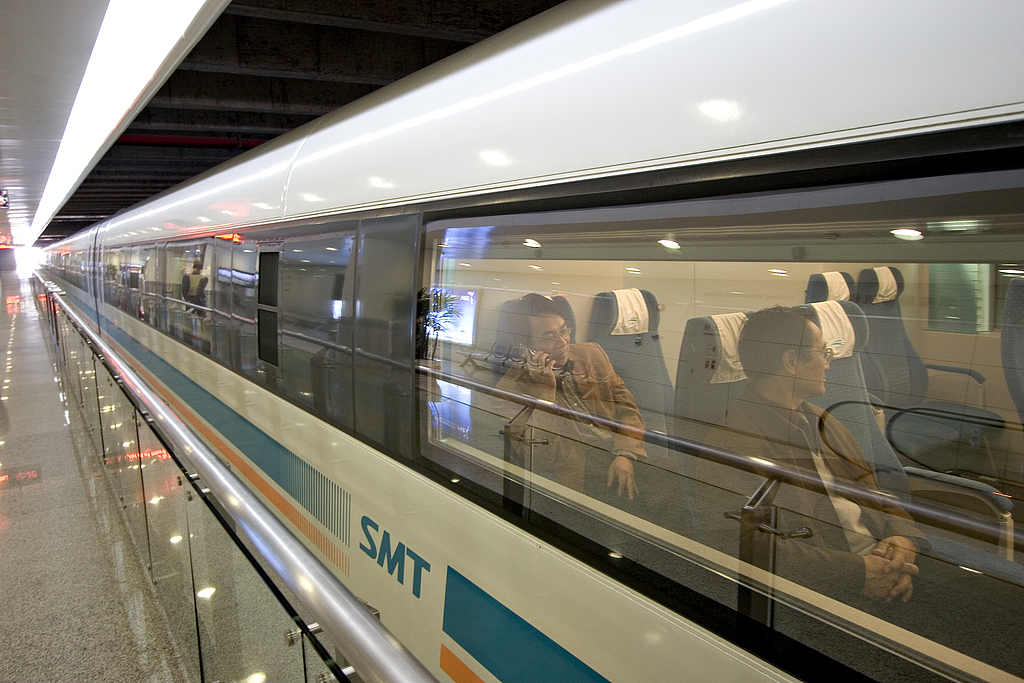
Maglev train
Shanghai is home to the world's first commercial high-speed Maglev train, which connects the city's Pudong International Airport to the Longyang Road metro station.
Traveling at a speed of up to 430 kilometers per hour, the Maglev train offers a quick, futuristic experience for travelers, covering the 30-kilometer route in just eight minutes.
The single-trip ticket costs 50 yuan, and a round-trip ticket 80 yuan.
The article was updated on Sept 10, 2025
Sources: Shanghai Metro, Shanghai Municipal Development and Reform Commission


